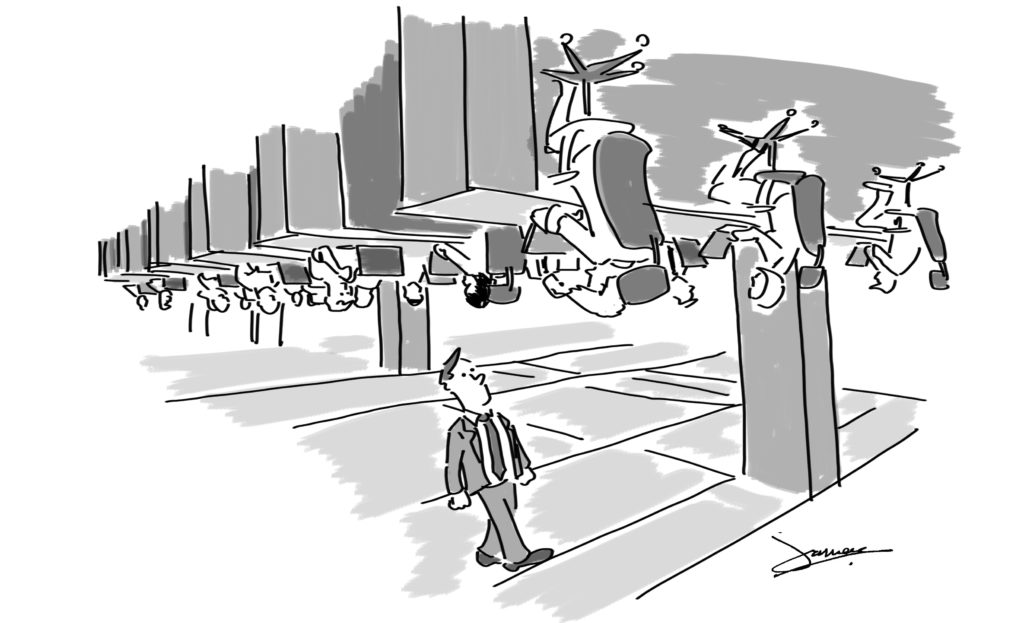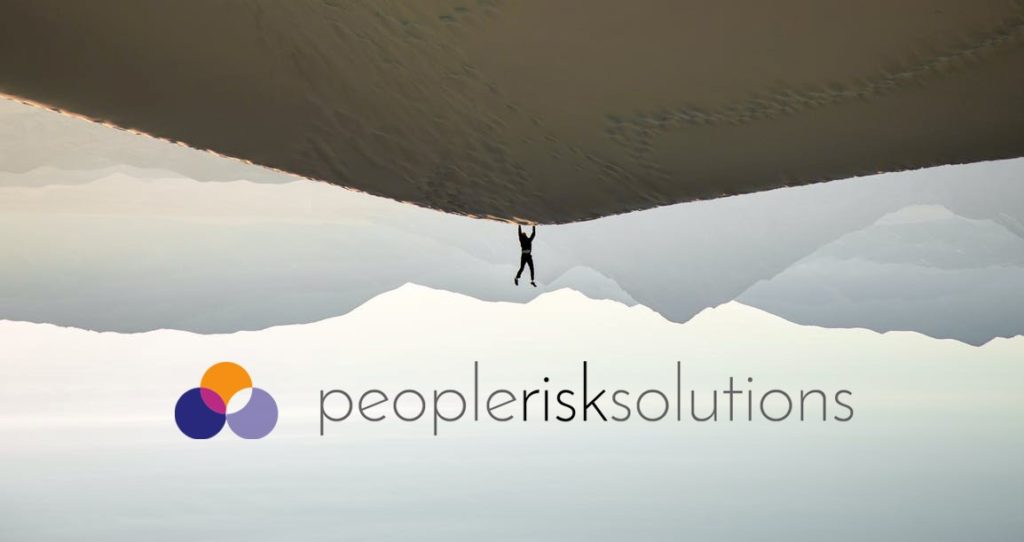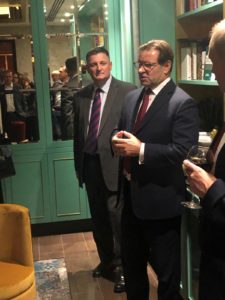
Even the most brilliant of strategies need to be communicated and implemented effectively in order to be successful. You may have drawn up the grand plan, but is it understood and followed? Adjustments and tweaks to a leaders behaviour can sometimes make all the difference. We are very grateful to Floor Slagter, one of PRS’ newest associates, who has extracted some practical advice from her PhD research on the subject in the form of some top tips which we hope you will find useful.
What business leader behaviours help you to implement strategy in your team successfully?
Many organisations spend a lot of time formulating their strategy. However, a formulated, well-thought out strategy that remains unimplemented is worthless.
Also, if management has communicated the headlines of the strategy, but operational follow-up from the other parts of the organisation does not happen, the strategy becomes fragmented, creating misalignment throughout business units.
Consequently the image of management on the work-floor is undermined – How serious or professional are they perceived, if they don’t do what they set out to deliver?
If you are struggling to implement your strategy, you are not alone:
Research (1) points out that “two-thirds to three-quarters of large organizations struggle to implement their strategies”, and that often a majority of the employees are not aware, or do not understand the strategy of the company they work for.
If you are thinking “So what?”, maybe you should think twice. Companies that have no clear strategy implemented suffer from less employee commitment and satisfaction (2), hence more employee turnover or underperformance that simply costs you money. This is old news, since we discovered this fact over 60 years ago. However, we still fail to give strategy implementation the attention it deserves.
As a business leader you can start changing this tomorrow, by simply focusing on the following 4 categories of behaviours (3), you will be more successful in delivering strategy implementation within your team.
1. Provide the dot on the horizon
Communicate goals clearly. You can’t overdo this. An average person needs to see or hear a message 7 times before it sticks and he or she acts upon it. Often as a business leader you forget that employees have not been involved in the process of strategy formulation, so it will take time before the team has the same level of knowledge as you do. Inform your employees about goals, expected results and the importance, by tying the initiatives to the strategic goal it corresponds to. In this way, work instantly has more meaning for the employee.
Delegate… with all the consequences, so that employees feel ownership. Check up on progress and provide relevant information, facts, figures, and opinions.
Tip: Plan an OGSM workshop with your team (Objective, Goals, Strategies and Measurements) in which you link team KPI’s, activities and owners of these activities to the goals and objective of the company.
2. Enthuse people to participate
Tell stories! Talk positively about the initiatives that are taking place to your employees.. But also, confront and question: discuss when things are not working and learn from this. Call people to order if they get off track.
Identify threats and opportunities and discuss the pros and cons of new proposals.
Suggest problem solutions or brainstorm with your employees about the right solution and offer help where necessary.
Tip: As a business leader you don’t always have to come up with the solution. Asking questions (and preferably open questions) can be just as, if not more, powerful. Experiment with the power of questions during your team meetings and ask a minimum of 10 open questions (starting with “What?” “How?” “Describe?”).
3. Start the dialogue!
Ask your employees for their ideas, advice and opinions – and listen to these. As a business leader you don’t have to have all the answers. It is very powerful to involve your team in coming up with ideas. Simply ask the question “ What can we do better?”. Encourage your team to develop new ideas and use innovation. Give feedback, but also be open to receive feedback – both positive and negative. Lead by example and correct behaviour that is directed against the team.
Celebrate successes that are achieved, make these collective and communicate these. Do the same with failures. In this way you stimulate team learning.
Tip: Stimulate your team to experiment with their improvement ideas using the PDCA cycle (4) :
Plan
– Identify the problem, collect relevant data, and understand the problem’s root cause, develop hypotheses about what the issues may be, and decide which one to test.
Do
– Develop and implement a solution; decide upon a measurement to gauge its effectiveness, test the potential solution, and measure the results.
Check
– Confirm the results through before-and-after fact comparison. Study the result, measure effectiveness, and decide whether the hypothesis is supported or not.
Act
– Document the results, inform others about process changes, and make recommendations for the future PDCA cycles. If the solution was successful, implement it. If not, tackle the next problem and repeat the PDCA cycle again.
4. Don’t be the boss, be approachable!
As a business leader, make sure you spend time on the work floor, preferably every single day. Show interest in your team members and how your team feels when their work is accomplished. Show understanding and listen. If you make a mistake admit it and learn from it (again: lead by example). Don’t underestimate the importance of this sense of empathy and humanity you can add as a business leader to the workscape of your employees.
Reflect on your own activities and behaviour. Often as a business leader you get caught up in the daily, hectic ways of working and loose sight of the long-term goals, that are just, if not more, important.
Tip: Make sure that you reserve some time to reflect on your week, schedule this in your agenda, for example on the Friday morning. Simply ask yourself the question: How have I worked towards success this week in both the long term and the short term? And what will my actions be next week to be successful in both the short and long term?
(1) Sull, D., Homkes, R. & Sull, C. (2015). Why strategy execution unravels—and what to do about it. Harvard Business Review, 93, 57-66
(2) Drucker, P. F. (1954). The practice of management. New York: Harper & Row.
(3) Based on Floor Slagter’s PhD research at the Rotterdam School of Business, Erasmus University Rotterdam
(4) Langley, G., Moen, R., Nolan, K., Nolan, T., Norman, C., Provost, L., 2009. The Improvement Guide, 2nd Edition. Jossey-Bass, San Francisco, page 24. https://theleanway.net/the-continuous-improvement-cycle-pdca
If anything you’ve read has struck a chord with you, or you would like to find out more please do not hesitate to contact PRS directly for a conversation.








